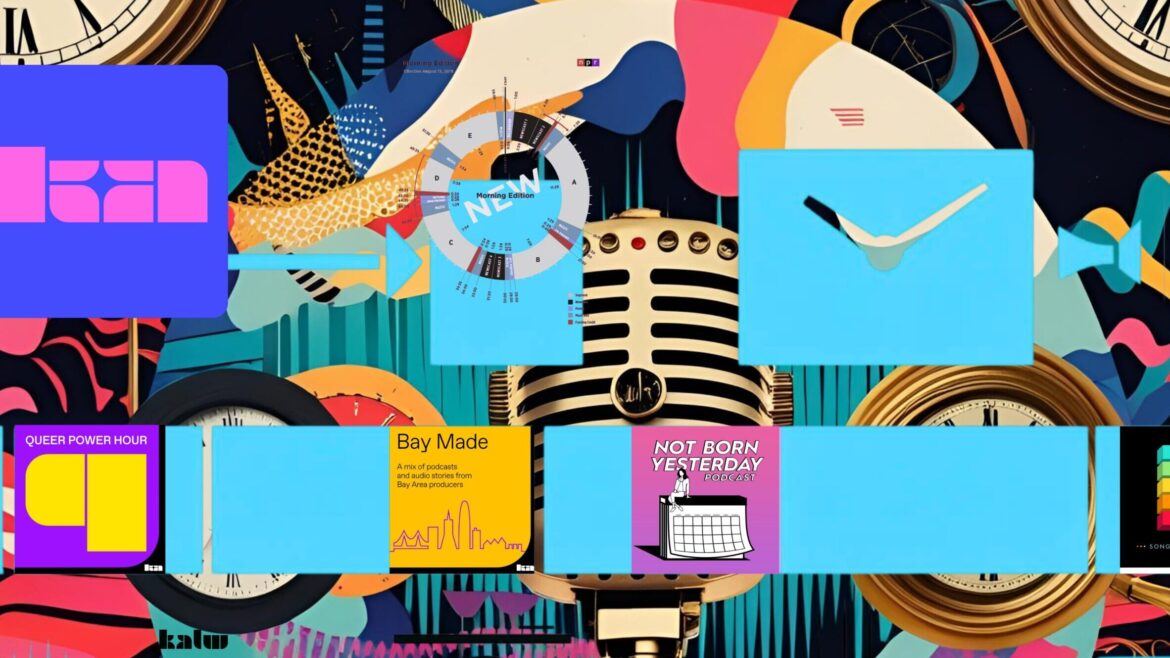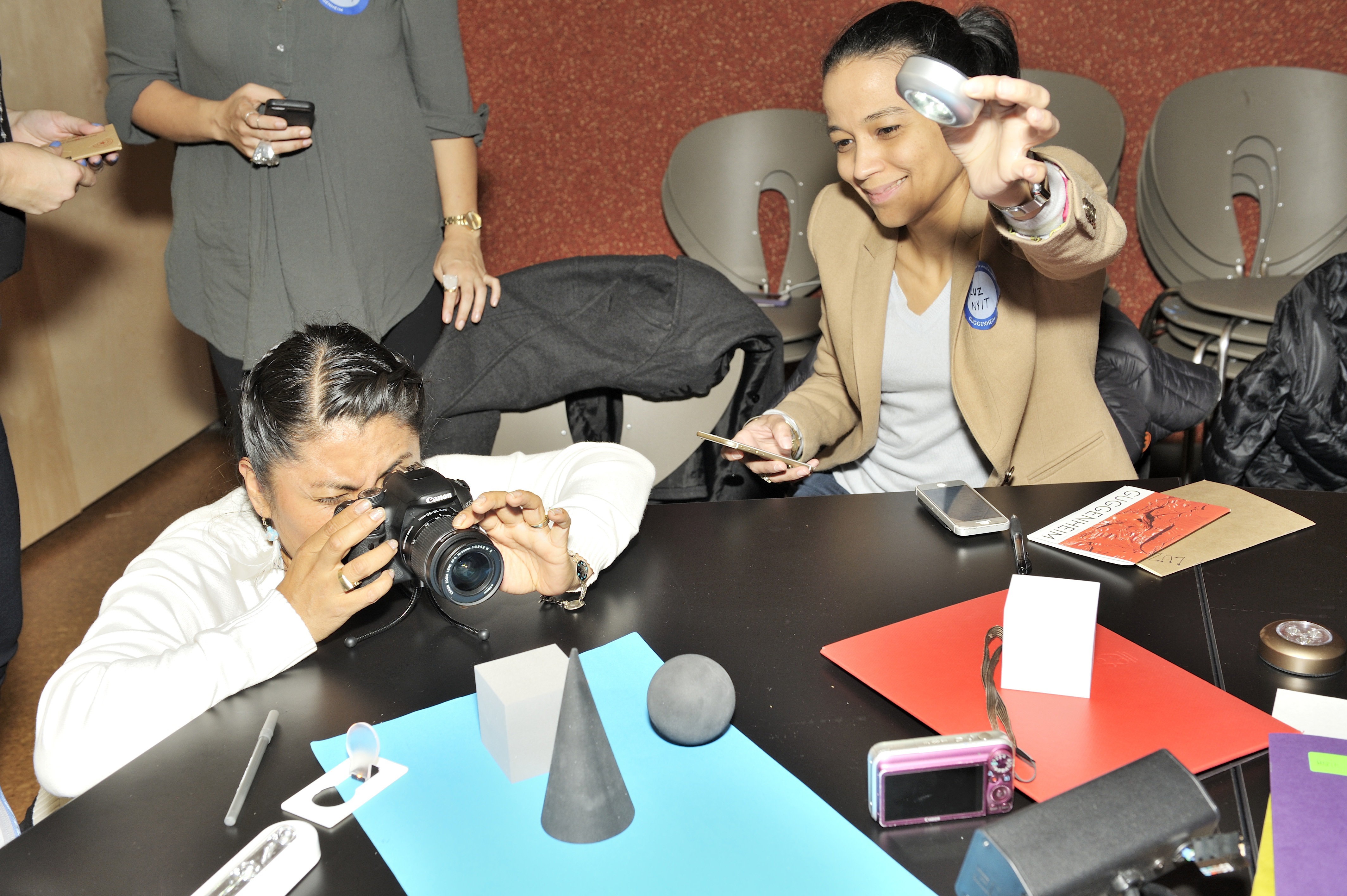Monday roundup: Google Glass users can hear WBUR; Radiolab does hands-on journalism
• WBUR announced last Thursday that it is the first public radio station in the U.S. to be available on Google Glass. The Boston station’s live stream is fed via Wi-Fi or from a smartphone Internet connection via Bluetooth.

Radiolab‘s 3-D scan of an ancient skull allows listeners with 3-D printers to make and hold the object. (Image: Radiolab)
• Radiolab‘s story about an ancient skull, for which it made a 3-D scan available online for listeners to print and hold, prompted Josh Stearns of the Local News Lab to take a wider look at what he calls hands-on journalism, with its “innovations that move journalism off the screen and into people’s hands.”
• The number of issues the FCC needs to resolve before the mid-2015 spectrum auction “continues to grow,” according to an analysis by Washington, D.C., media law firm Wiley Rein. The column previews what broadcasters can expect over the next few months.
• Podcasting is big, reports Radio & Internet News, drawing on new figures from Edison Research. The figures show that 5 percent of Americans, or about 13 million individuals, listen to podcasts daily. And podcast consumers spend nearly as much time listening to podcasts (25.9 percent) as to radio (27.5 percent).
• Three public media names pop up on The Advocate‘s list of the 50 most influential lesbian, gay, bisexual or transgender people in media: Suze Orman, host of popular PBS pledge programs; NPR International Correspondent Ari Shapiro; and NPR Arts Desk Reporter Neda Ulaby. See the full list.
• Television broadcasters must “rethink the concept of mobile,” writes Bill Hayes, director of engineering for Iowa Public Television, in a piece for TV Technology. If broadcasters want audiences to grow, he contends, “it is not going to be by redesigning our service to be incrementally better at reaching fixed receivers.”






